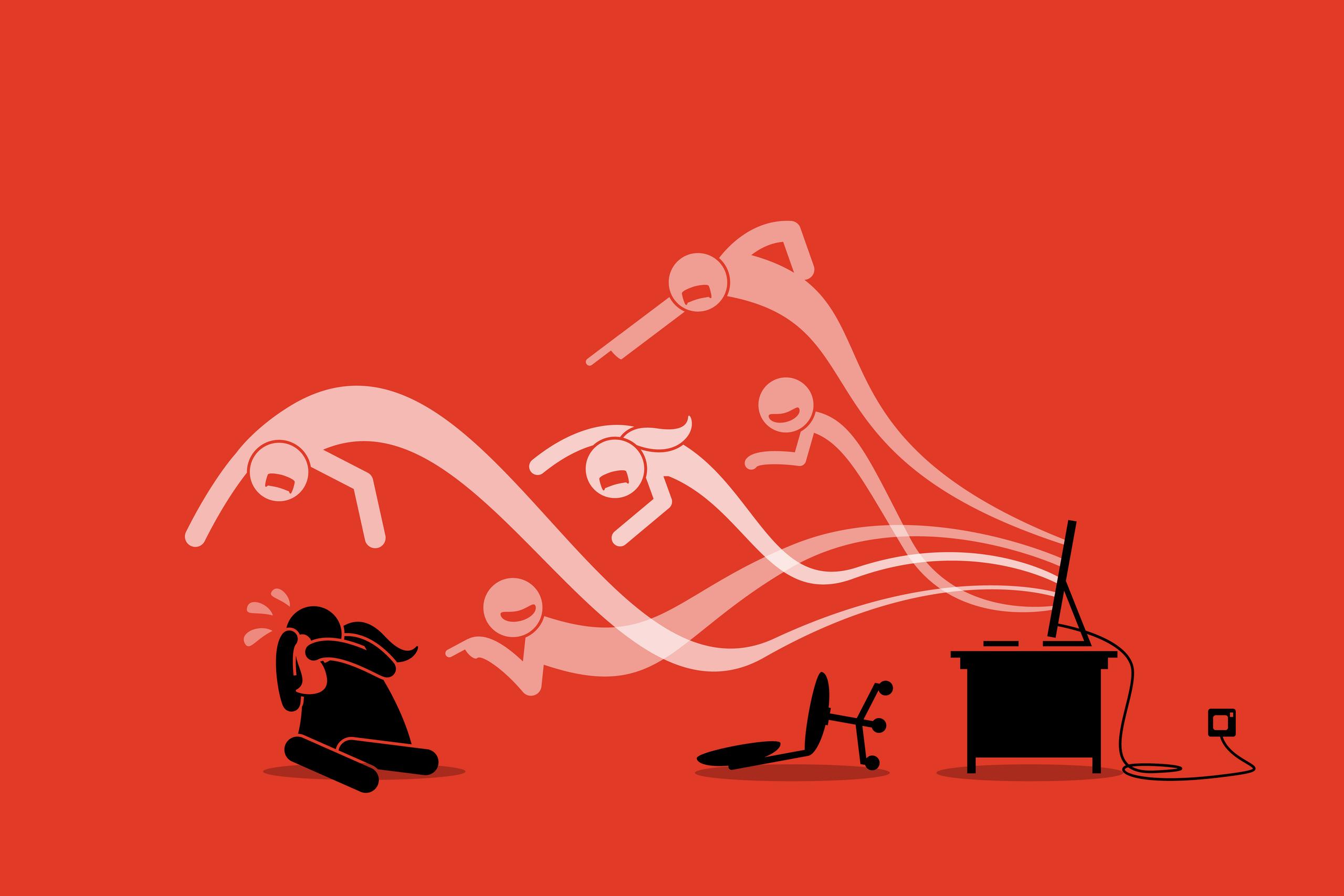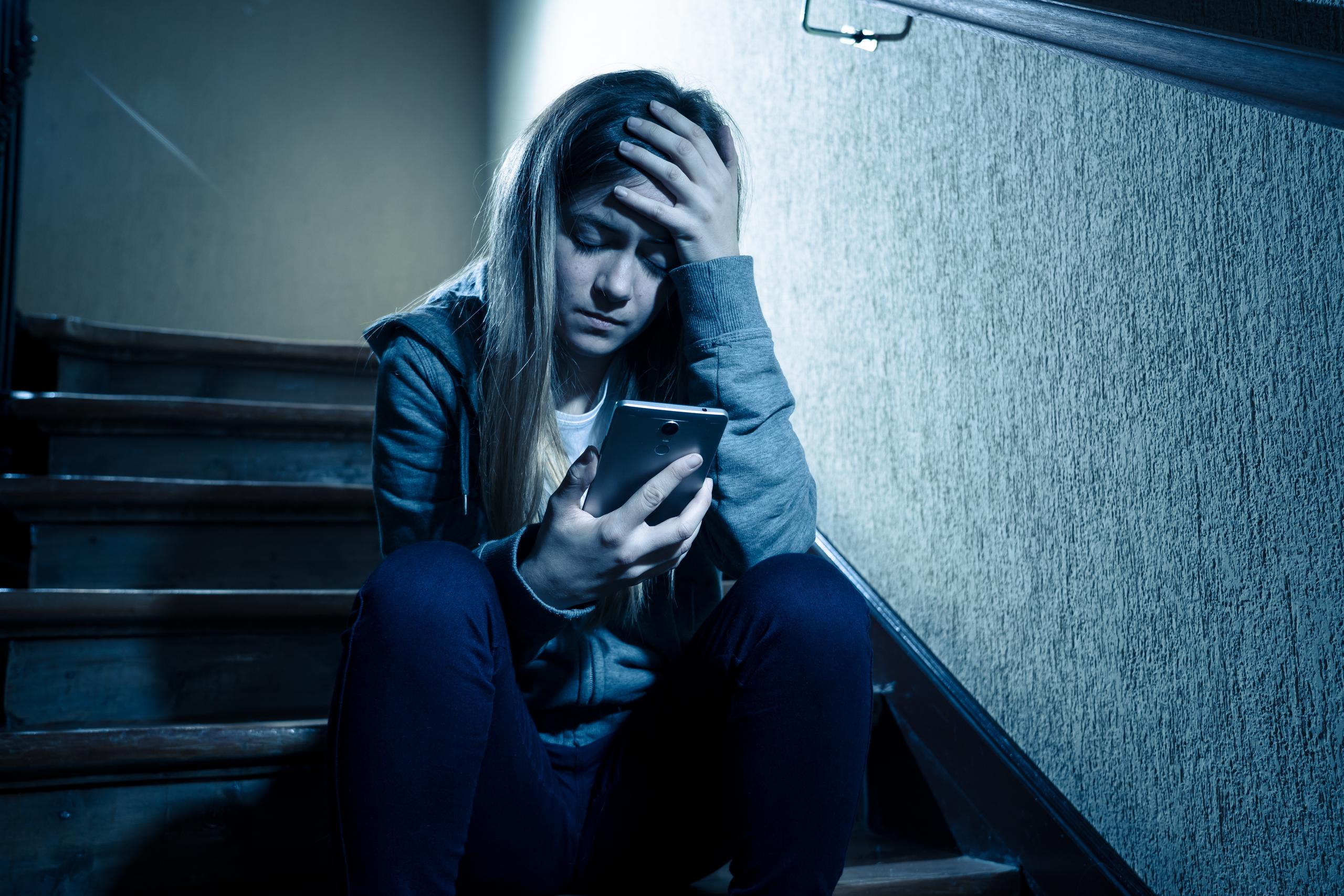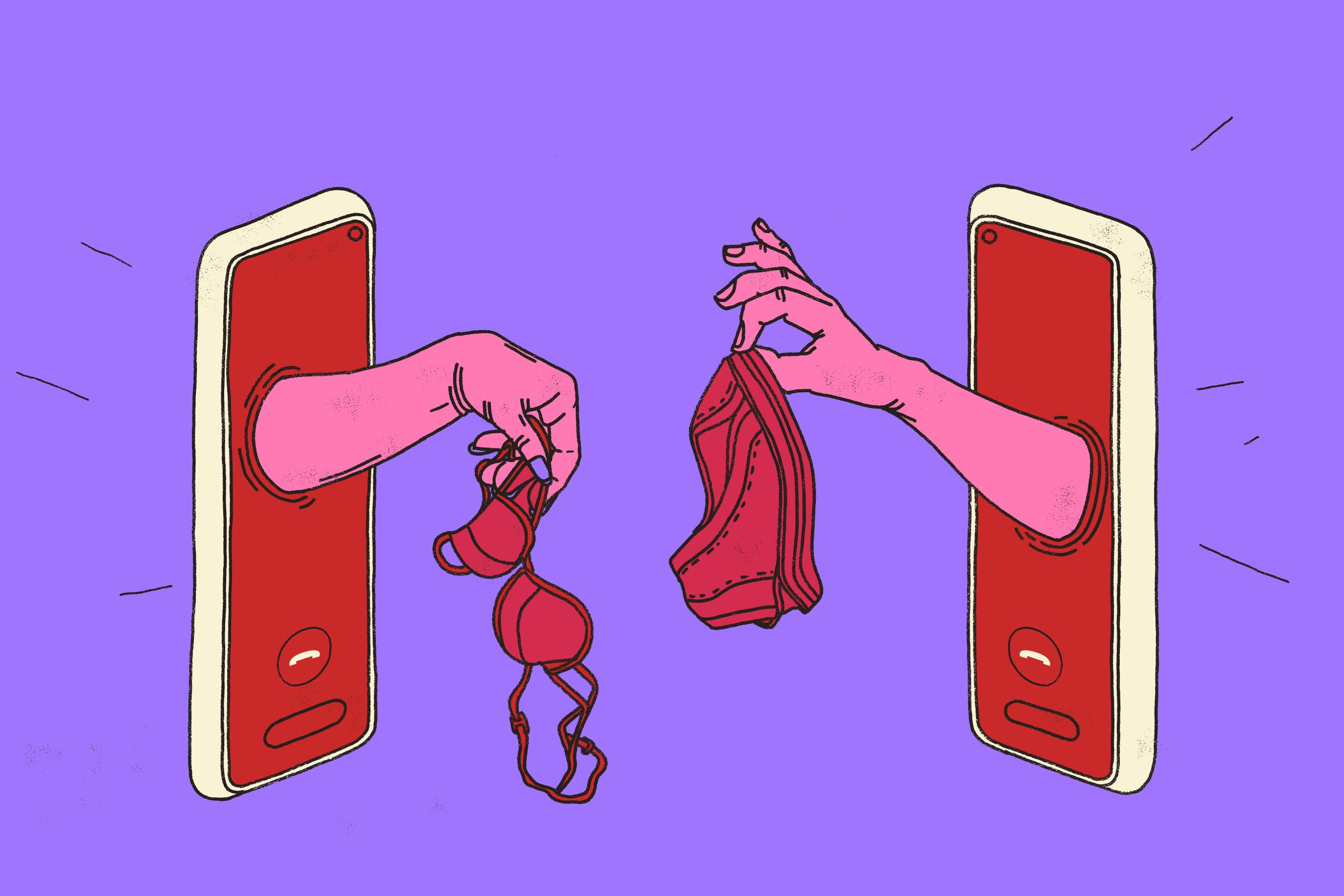Protecting our young people from sexually inappropriate or criminal behaviour.
Any parent, carer or
adult who is responsible for the wellbeing and safety of young people knows
that it’s ever more difficult to protect them from exposure to inappropriate
content.

Smart phones have become prevalent in almost every household, and young people everywhere have access to them – as well as the tablets, computers, smart TVs, even smart watches. These wonders of technology can be used for all kinds of interesting, educational and insightful purposes – but we know that, as with all human behaviours, there’s a dark side that we all want to protect young people from.
society puts huge pressure and scrutiny on the development and behaviour of teens. The peer pressure faced every day mean that ‘the best days of your life’ are, for many people, far from it!
As adults we can all look back at things we did in our own teens and cringe in horror – and relief – that those days are not only far behind us, but that there’s little in the way of ‘evidence’ for many of the mistakes we all made. Today, though? With the prevalence of this new technology being such a significant part of their makeup, and the ever-connected culture of social media, not only are teenagers never unperceived, their mistakes could be committed to their online world in a very (horrifically) permanent way.
This pervasive need to be ‘connected’ can also mean that those who are struggling or mistreated in social situations, bullied in school, or who do something embarrassing at a party no longer have the safety and security of heading home and hiding in their bedrooms until the smoke blows over; there’s nowhere they can be that they can’t be reached by determined bullies. The internet means that even in their own bedrooms our teens can be harassed by unkindness, targeted by spite and ridicule – including photographic or video content of that abuse. Tiktoks, Snapchats, Instagram reels and WhatsApp groups are full of those herd mentality hormones, the sweeping attacks, the viral shame – and the constant fear of ‘not fitting in’, or of being on the receiving end of some of these bombardments, can make monsters, or mistakes, of everyone.
One of the biggest dangers I see young people being traumatised by, being impacted in life changing ways, is pornography and sexting.

The fear of being rejected, of being a social pariah, of being victimised by not ‘fitting in’ and the pressure from first loves, first kisses, first flirtations, when all being fed by those roaring hormones and a lack of pre-frontal cortex that an adult could be protected by flashing any ‘consequences’ alarms, when paired with the extreme and easily available sexual imagery and pornography that peppers the internet (and, whether you like it or not, your young people are being exposed to this content) is dangerous.
Dangerous because it exposes young people to very graphic and extreme examples of sexual activity and behaviour, long before their minds and emotions can make sense of it; dangerous because this extreme and graphic content shapes their view of what is ‘normal’ or ‘healthy’ in anyone’s lived sexual experiences, and dangerous because it normalises the sharing of this content.
Sexting; it’s something that many adults have, if not partaken in, at least thought about – something that can add a level of excitement and titillation to relationships, especially in those heady, early honeymoon days. But as adults we know what our limits are, what boundaries we will set, and how to respond if we are sent content that we didn’t consent to (and many women who have tried online dating will know the horrors of the unwanted d*ck pic!)
‘Consent’ is the key word. Sexting – as with any other sexual activity – is something that should only happen with the consent of all parties. Enthusiastic consent, willingly given consent – and with mutual appreciation and commitment to the activity.
Not only is sending those unwanted sexualised pics a gross invasion of someone’s peace, but it is also now being recognised in many areas as a form of sexual assault.
A conversation we all need to have with our young people is that, as with the legal age of consent for the physical act of sex, sending these kinds of images, sexting, and most importantly sending photographs of their own bodies is still a crime.
The legal age of consent is a law for a reason – and one that is upheld; taking, creating, and most of all sharing sexual images of anyone under the age of consent is against the law even if the person involved is happy to do so.

This means that even if a teenager wants to send a sexy picture to someone they are dating, taking that picture, sending that picture and receiving that picture are all criminal acts – and most of our young people don’t even know that they could find themselves being charged with child pornography offenses.
There are more and more cases happening across the UK where teenagers are being charged with these offenses; where their lack of knowledge and our discomfort around ‘those kinds of conversation’ have seen them making mistakes that don’t just embarrass them with their peers for a while, but which have life altering, and life long, consequences. That can see them charged with child pornography offenses, a charge which comes with long-term registration as a sex offender – which can impact any future education or employment opportunities they may have dreamed of.
For many young people who have had their images shared, the shame and abuse they faced as a result often ends in serious self-harm, or even suicide.
Recent statistics show that around 30 percent of young people want assistance with incidents like these: that they are confused, afraid or being targeted by sexually inappropriate or graphic content.
Remember, your boundaries matter. That consent matters. And that – no matter what – the legal age of consent is sixteen, and no amount of ‘wanting to’ will protect you from prosecution if you create, share or receive sexual images or video of any body – including your own – that is below the age of consent.
If you, or a young person you know, has experienced any kind of trauma or difficulty with sexual behaviour, sexual misconduct, sexual assault, or is struggling with issues like pornography addiction, I can help: you can contact me via this website, by email on amandaburbidge-counselling@outlook.com , or by phone - call or text 07849 037095.
You can also find more resources for advice and support around sexual issues, or other mental health or addiction issues on my helplines and emergency contact information page

